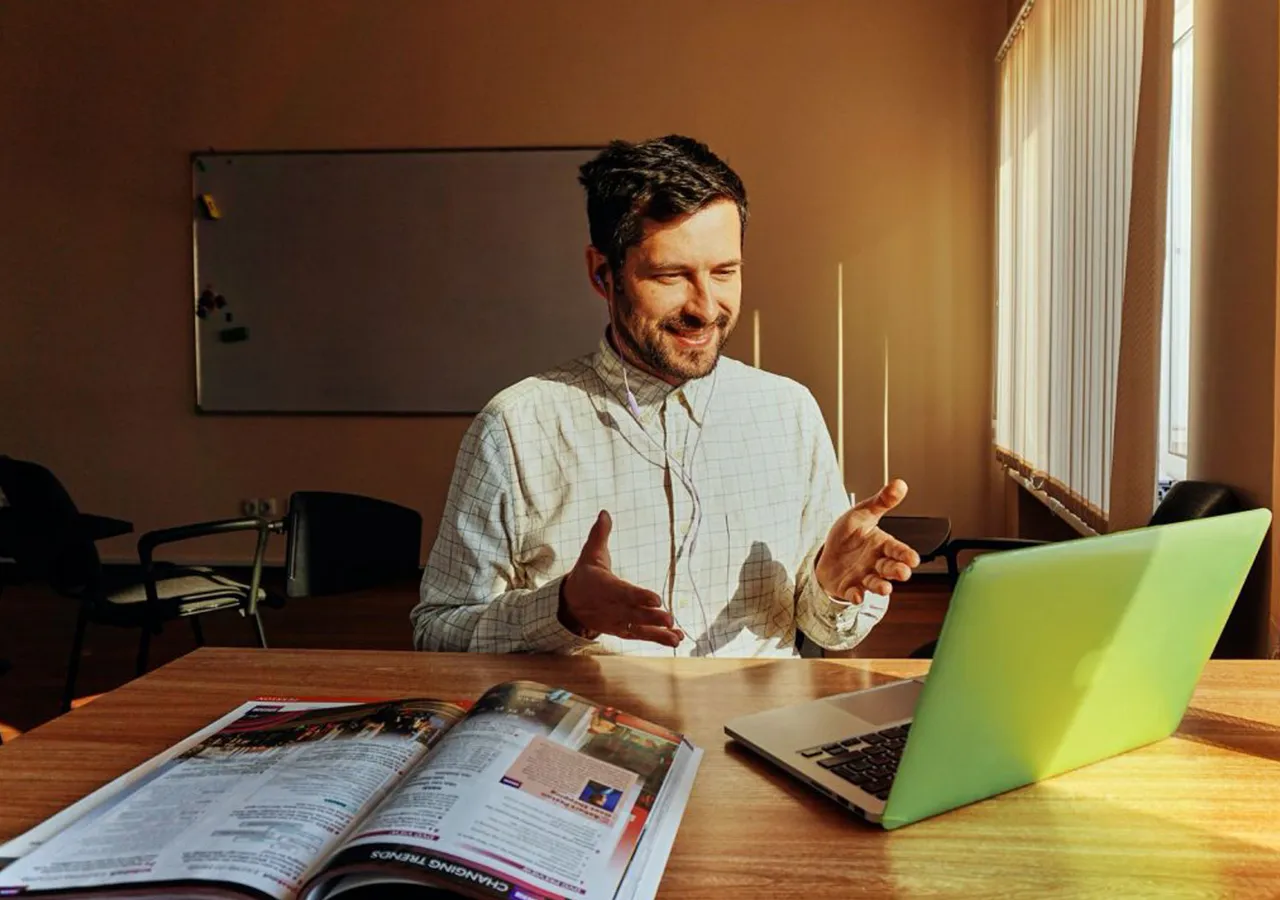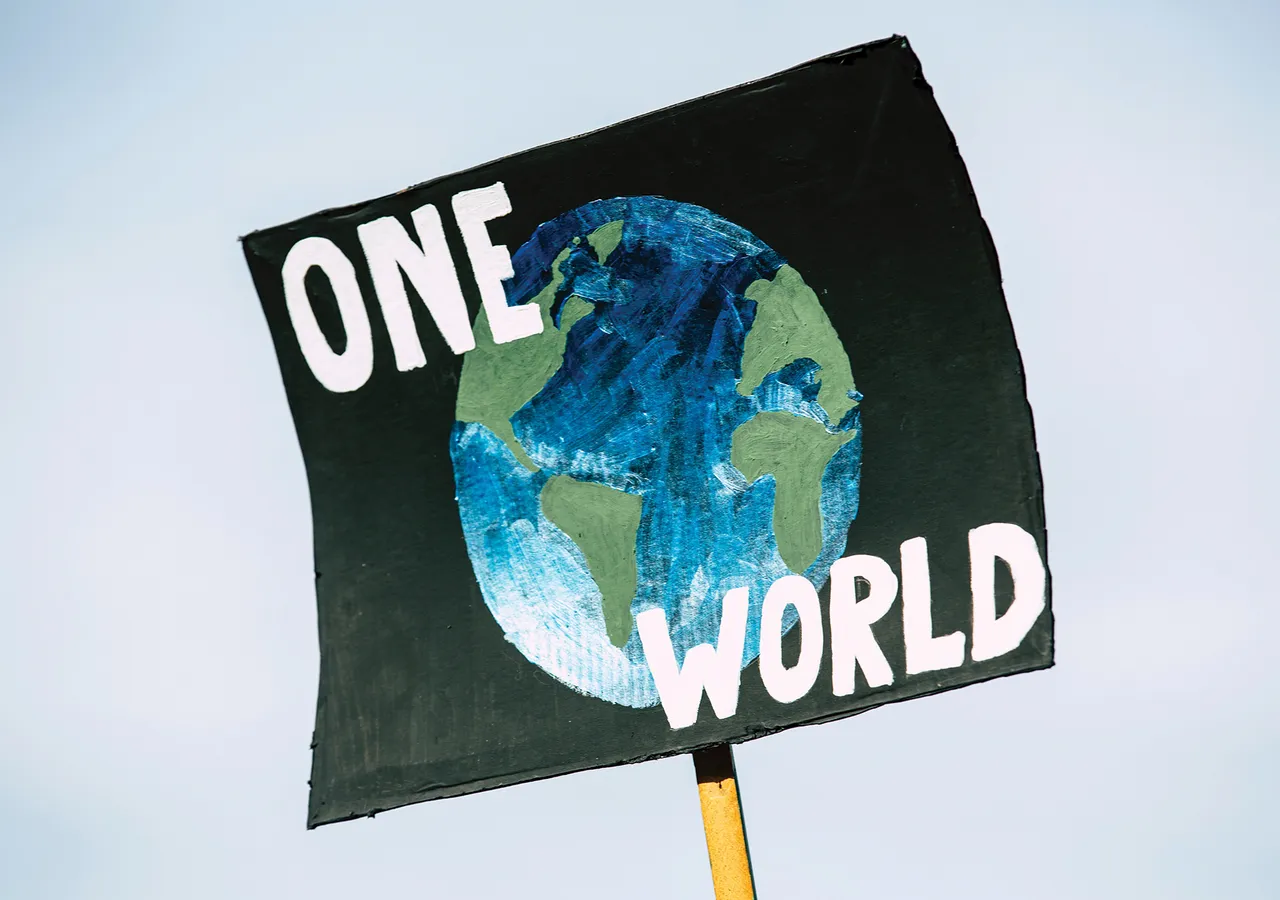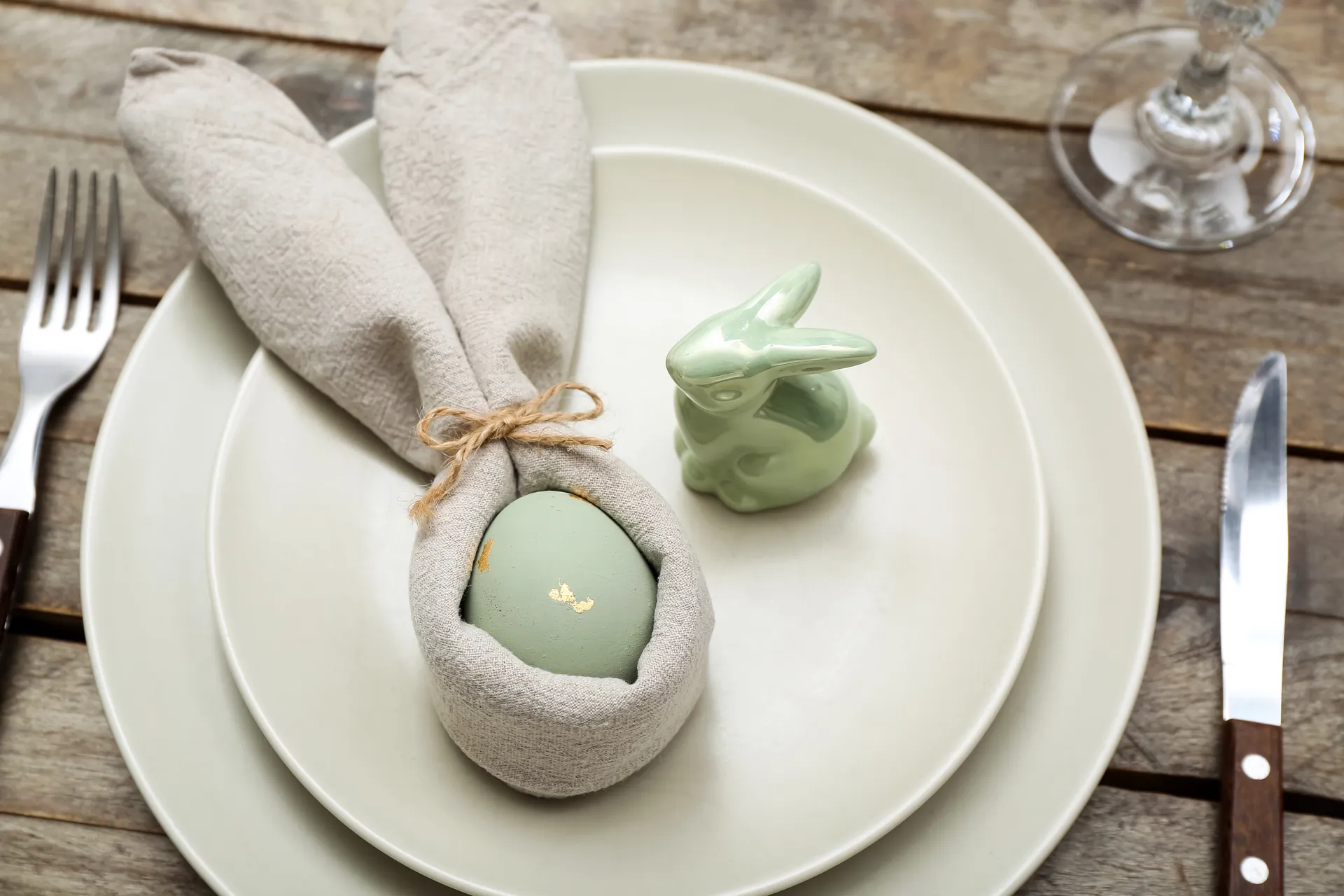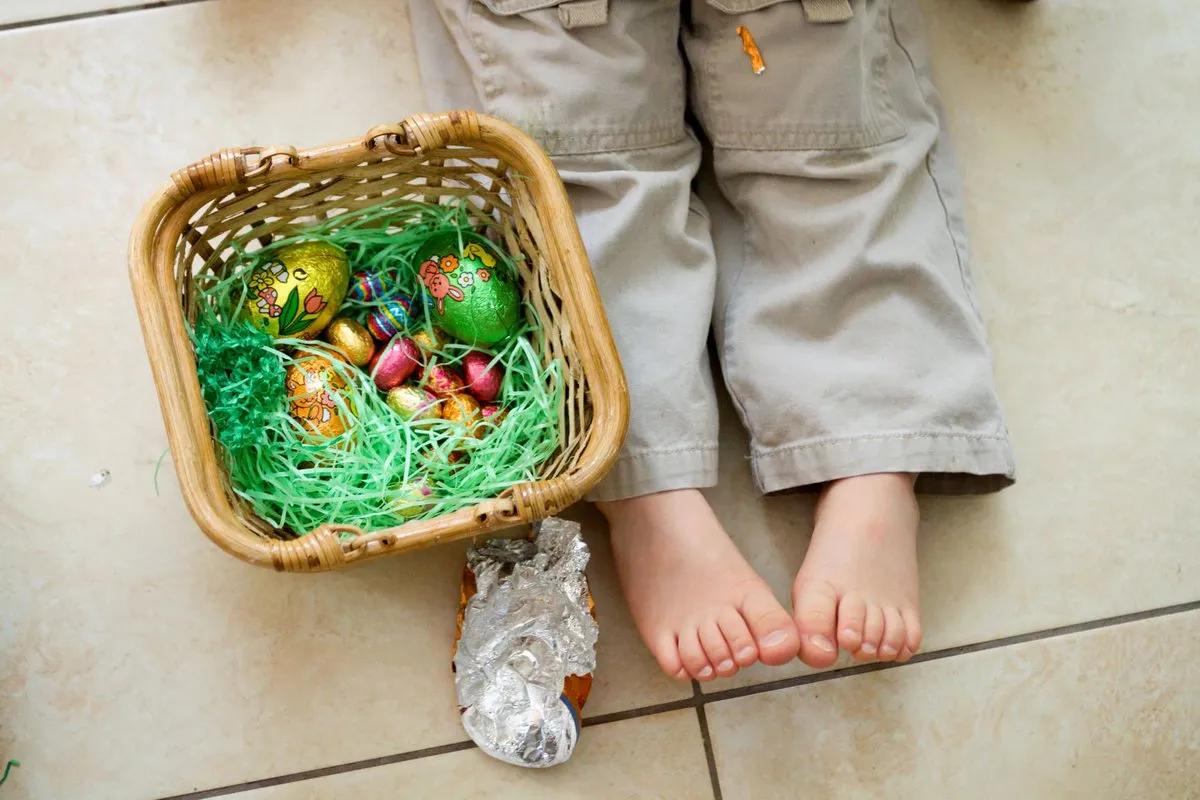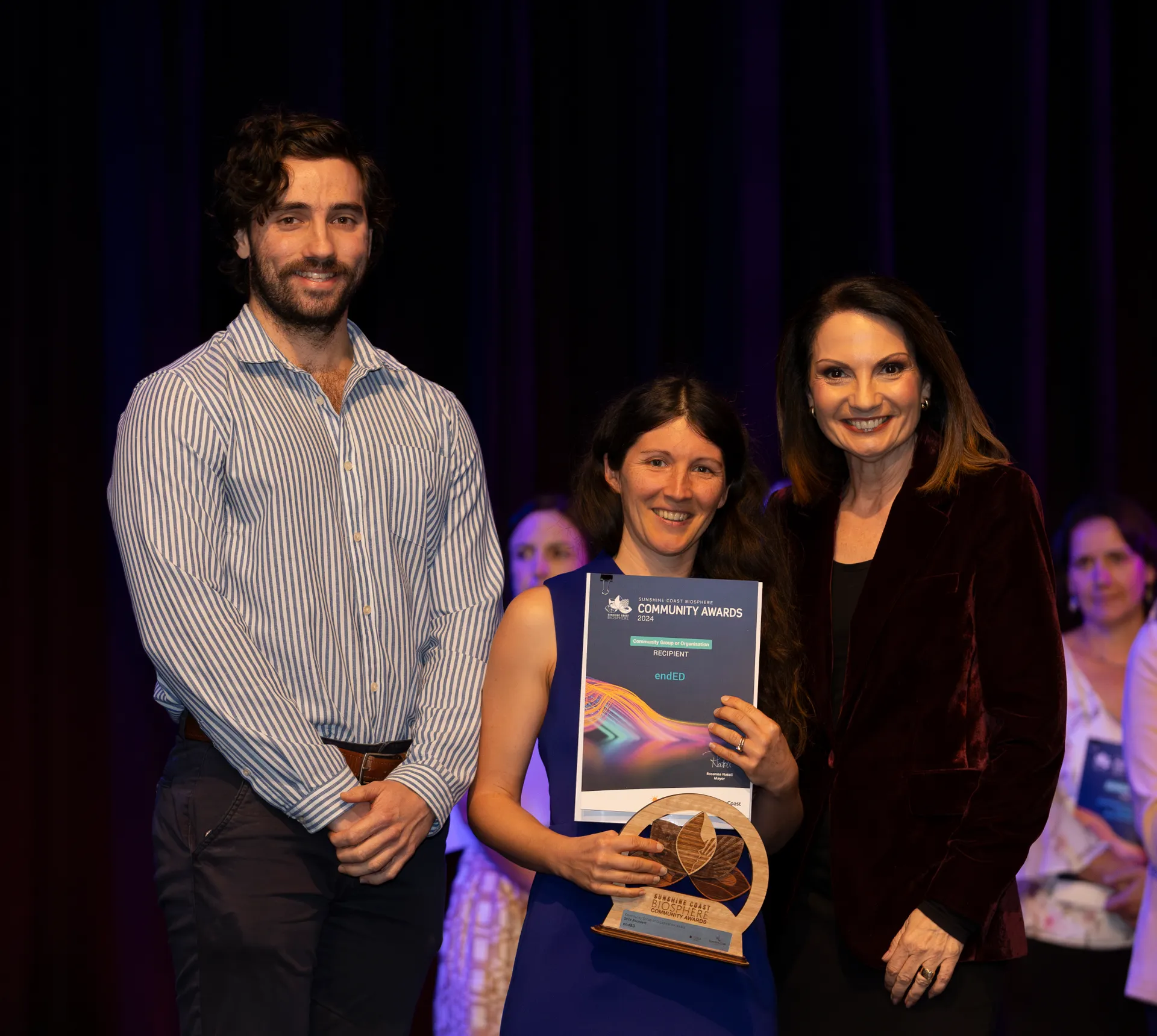What is the the Circular Economy
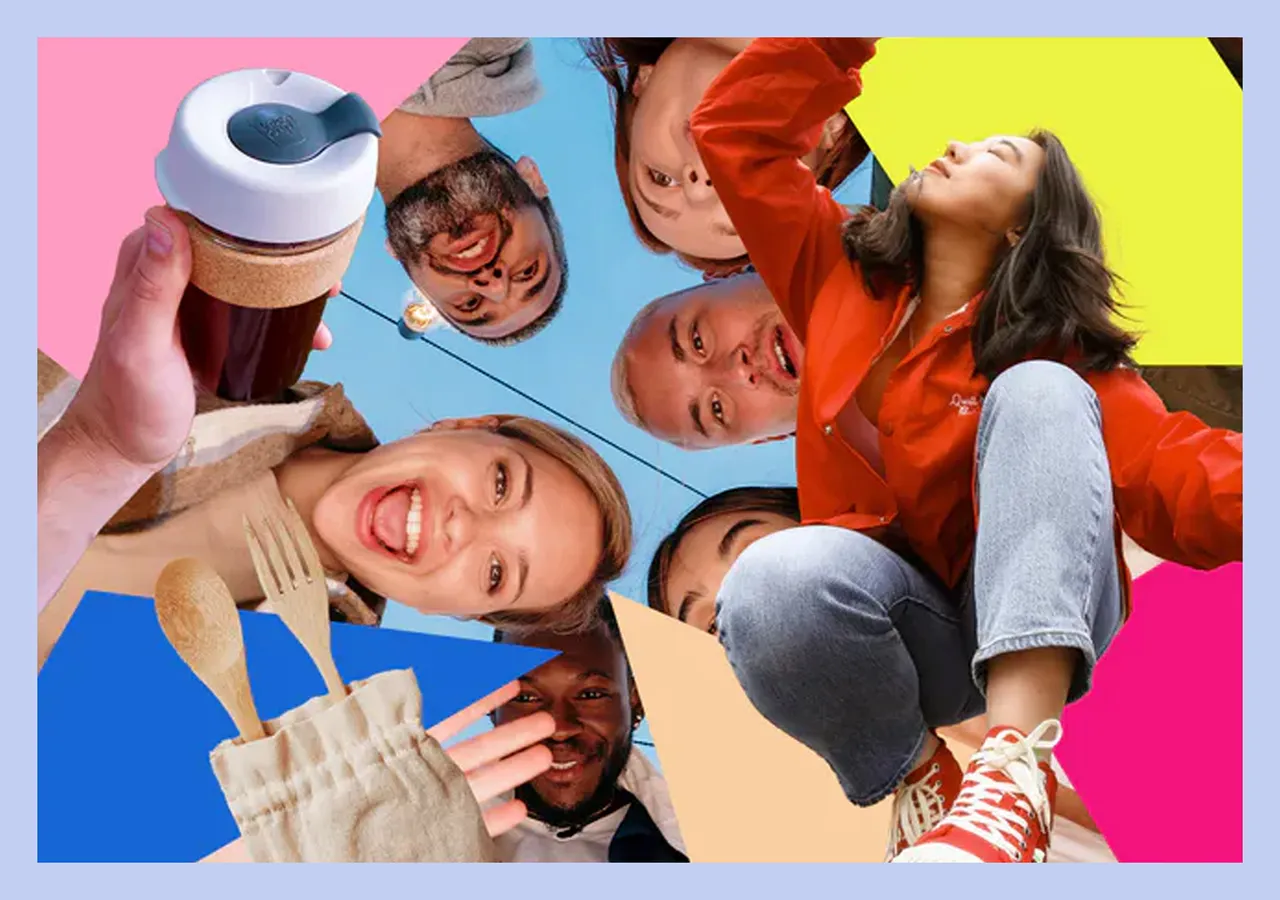
If you’re someone who has a reusable coffee cup (and remembers to use it), has a compost at home and regularly engages in meat-free mondays, then you might have heard of the phrase the Circular Economy (CE) before.
While most people assume that the CE is just about recycling (and no shade if you do), it actually goes much deeper than that—in fact, recycling is the last resort when it comes to an ideal CE.
To put it simply, the theory behind the CE is about transforming our current linear consumption model (Take-Make-Waste) into a circular one that keeps products and services in use for longer (well, forever) to reduce environmental impact and protect precious natural resources. The benefits of the CE are endless, but in short it enables us all to consume more consciously, without compromising on quality, cost or experience. But perhaps our favourite part of the CE? Literally everyone can play a part in making it happen. As consumers, we have the power to make sustainable swaps and spend our hard-earned cash on products, services and experiences that are contributing to the CE.
Still scratching your head? Never fear, we’ve caught up with some of Australia’s biggest sustainability champions and judges for The Circle Awards (read more about that here) to explain exactly what the CE means to them and how you can implement it into your everyday life.
Rethink Everything You Consume
If you want to live your best CE life, then the first thing you need to get your head around is having a long hard look at how you consume. When it comes to consumption, we’re talking about considering every purchase, from clothes to beauty products and all the bits in between. A great rule of thumb is asking yourself first if you really need something, and if the answer is yes, is there a better way to get it? Could you potentially borrow or rent? Think epic companies like fashion rental service GlamCorner. If the answer is still no, then opt to buy a more conscious alternative.
Dr Brandon Gien is the CEO of Good Design Australia, explains that a shift to a CE presents amazing opportunities not just for everyday people but for businesses too. "Design-thinking is central to shifting us to a CE model. I genuinely believe we can make the transition if we place consumers at the centre of the process and redesign their relationship with products and services,” Gien says. “For example, MUD jeans let you lease you a pair of jeans for a monthly fee or Sharing Shed’s Library of Things that makes it easy for you to borrow 'things' you need irregularly such as camping gear or tools.”
Reduce Your Overall Consumption
You probably guessed this was coming but the second principal in living a CE lifestyle is reducing your overall consumption. How can you do this you ask? By simply investing in better quality products. When it comes to clothing, forget fast fashion and instead do some research about which fabrics are more durable (like hemp, linen, Australian cotton or wool) and will actually last longer over time.
Camille Reed, Founder and Director of Australasian Circular Textile Association (ACTA) explains that even with the emergence of eco-friendly alternatives the most sustainable thing we can do as consumers is buy less. “In a fast-paced ‘privileged’ society, the notion to keep up with the trends or have the latest gadgets has been all-consuming over the past 20 years. This has been fuelled by rapidly changing socio-economic conditions worldwide, coupled with the push in market competition and the rise of ‘buy now, pay later’,” says Reed.
“When choosing to buy new, well informed decisions (assisted by fervent Googling), should be every conscious shoppers rule of thumb. Firstly, aligning with a brands values, secondly learning of the brands sustainability goals and thirdly only choosing to buy what you need (produced from quality/sustainable materials).”
Reuse Everything You Can
If you’re anything like us, this past pandemic year had us yearning for a home makeover. But before you hit ‘check out’ on your shopping cart filled with new pillows, storage units and a coffee table, stop—this is your third lesson in embracing the CE. Instead of purchasing new items, can you opt for a pre-loved product? Could you find a great coffee table on Facebook Marketplace for a fraction of the price? The answer is of course yes—buying pre-loved products, using them time and time again and then eventually passing them onto someone else, is a key element of the CE.
“We don’t actually ever need anything new,” says Kate Nelson AKA the @PlasticFreeMermaid and author of I Quit Plastic and You Can Too. “It’s not just about reducing waste, although it is very much about less stuff in the landfills, it is a mindset shift so that we view stuff and consumption differently. It is a spiritual shift, so that we feel whole and complete, without the need for more stuff to feel accepted or enough.”
“So learn to embrace the scuffs on our second-hand, but perfectly good laptops, embrace the broken in cowboy boots and wrapping our reusable cutlery in a napkin in our bag to keep them clean.”
Repair Rather Than Replace
The fourth principle in embracing the CE is super simple—choose products that are designed to be fixed and use local businesses to give them new life. This step is all about finding ways to prolong the life of products rather than replacing them. For example, if the bottom of your favourite boots are wearing away, head to a cobbler and get them resoled so you can rock them through another winter. Pair of jeans not sitting the way they used to (we’ve all been there)? Take them to a seamstress and get them altered. Sure it might take an hour out of your day to get it sorted but you’ll save yourself money in the long run and you’ll be doing a solid for the planet and supporting local businesses.
“If we were to think of products as assets, we might start to choose things that are designed to be fixed or upgraded instead of disposable which is why I’m excited about the rise of the sharing economy,” says Dean Foley, Founder and CEO of Barayamal Indigenous Entrepreneurship Australia.
Recycle, But Only As A Last Resort
If you thought this was the first step in an ideal CE, you’re not alone. Instead of defaulting to the usual kerbside recycling schemes, go one step further and find more solutions. Not sure how?
Jen Walker, Head of Public Relations & Communications at TerraCycle—who specialise in the hard-to-recycle items—explains.
“We know from research that the main incentives for people to recycle are that it is convenient, and that they see other people doing it (saving the planet is a bit further down the list),” Walker says.
“Terracycle recently launched collection bins at David Jones and Mecca, both of which take all brands of make-up. You can drop off your pens and pencils at Officeworks for the BiC Writing Instruments Recycling Program, and we have been trialling drop-off points for coffee pods, beauty products and dishwashing packaging at Woolies, as well as toys at Big W.”
“While demand for our recycling programs continues to grow, we are also working on a truly circular solution called Loop. Coming to Australia around the end of this year initially through Woolworths, this network will allow you to buy your everyday products in reusable containers, which you simply drop back to the store, or another partner, when empty.”
While we’re not expecting you to “go circular” overnight, these awesome five experts are proof that small changes can equal a big, positive impact on the planet. Want to keep the CE inspiration flowing? Check out The Circle Awards and find out which businesses are championing the CE.
Editor’s note: This article is in partnership with The Circle Awards and proudly endorsed by The Urban List. To find out more about who we work with and why read our editorial policy here.
Design Credit: Dom Lonsdale
Original Article: https://www.theurbanlist.com/a-list/need-to-know-the-circle-awards

